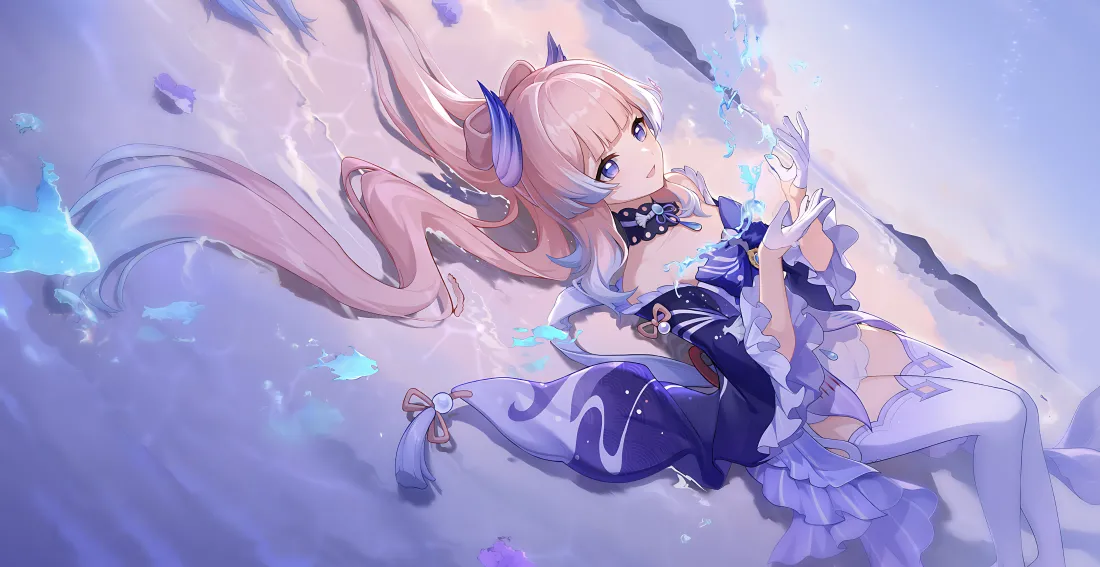Alright, buckle up, because we're about to dive into a cultural phenomenon and a potential market saturation point, all loosely tied together by a provocative question: "日本一姐为何潮水RAP?RAPPER真的太多了吗?"
This title, at its core, presents two intertwined, yet distinct inquiries. The first delves into the unexpected stylistic choice of a prominent Japanese figure (let's assume this "一姐" refers to a leading female entertainer, actress, or idol) to embrace "潮水RAP" – a term that, while not entirely standardized, evokes images of fluid, rhythmically intense, and potentially suggestive rapping. The second, building upon this initial surprise, questions the overall prevalence of rappers, suggesting a possible oversaturation of the market.
Let's tackle the "潮水RAP" element first. Why would a well-established Japanese star venture into the realm of rap, and specifically, this fluid, evocative style? Several factors could be at play:

Cultural Crossover and Trend Adoption: Japanese pop culture has a long history of absorbing and reinterpreting global trends. Hip-hop, with its undeniable influence on music, fashion, and youth culture worldwide, has been steadily gaining traction in Japan. Embracing rap, especially a more contemporary and arguably sensual style like "潮水RAP," could be a calculated move to stay relevant, appeal to a younger demographic, and showcase artistic versatility. It's about tapping into the current wave and riding it.
Breaking Free from Established Image: For an established "一姐" who might be associated with a particular genre, image, or expectation, a foray into rap could represent a conscious effort to break free from those constraints. It's a statement of artistic independence, a signal that she's not afraid to experiment and push boundaries. The inherent edginess often associated with rap can provide a powerful contrast to a typically polished and refined public persona.
Marketing and Hype: Let's be frank, controversy sells. The unexpected nature of a Japanese "一姐" embracing "潮水RAP" is inherently attention-grabbing. It generates buzz, fuels conversations, and sparks curiosity. From a marketing perspective, it's a masterstroke, regardless of whether the resulting music is critically acclaimed or widely panned. It gets people talking.
Artistic Expression and Exploration: Beneath the layers of marketing and image management, there might simply be a genuine desire to express herself through rap. Perhaps the "一姐" has always been a fan of hip-hop, or perhaps she's found a new outlet for her creativity and emotions in this genre. It's easy to be cynical and attribute everything to calculated moves, but the possibility of genuine artistic exploration shouldn't be discounted.
The Rise of Female Empowerment in Music: Globally, female artists are increasingly using their platforms to express themselves on their own terms, challenging societal norms and reclaiming their narratives. "潮水RAP," with its potential for sensuality and self-assertion, could be a vehicle for this type of empowerment. It's about taking control of her image and using her voice to express her sexuality and individuality.
Now, let's shift our focus to the second part of the question: "RAPPER真的太多了吗?" (Are there really too many rappers?)
This is a complex issue with no easy answer. The perception of "too many" is inherently subjective and depends on several factors:
Market Saturation: The music industry, particularly in the digital age, is fiercely competitive. The barrier to entry is lower than ever, allowing anyone with a computer and a microphone to create and distribute music. This has led to an explosion of artists, including rappers, vying for attention in a crowded marketplace. If the supply of rappers significantly outweighs the demand from listeners, the market can become saturated, making it difficult for individual artists to stand out and achieve financial success.
Quality vs. Quantity: A large number of rappers doesn't necessarily equate to a thriving or diverse music scene. If the influx of new artists is accompanied by a decline in overall quality, or if the majority of rappers are simply mimicking existing styles without adding anything unique or innovative, it can lead to listener fatigue and a sense that the genre is becoming stale.
Regional Variations: The perception of rapper saturation can vary significantly depending on the specific region or country. In some areas, hip-hop may be a dominant genre with a large and enthusiastic fan base, capable of supporting a significant number of artists. In other areas, hip-hop may be a niche genre with limited appeal, making it more difficult for rappers to break through.
The Definition of "Rapper": What constitutes a "rapper"? Is it someone who occasionally incorporates rapping into their songs, or is it someone who dedicates their entire career to the genre? The answer to this question can significantly influence the perceived number of rappers.
The Importance of Innovation and Originality: Even in a saturated market, there's always room for artists who are truly innovative and original. Rappers who can bring a fresh perspective, experiment with new sounds and styles, and connect with audiences on a deeper level can still find success, regardless of the overall number of competitors.
The Role of Niche Markets: The rise of streaming services and social media has created opportunities for niche markets to flourish. Rappers who cater to specific interests, communities, or subcultures can find a dedicated fan base, even if they don't achieve mainstream success.
In conclusion, the question of whether there are "too many" rappers is a matter of perspective and depends on a complex interplay of factors. While market saturation and a lack of innovation can certainly pose challenges, the emergence of new technologies and the rise of niche markets also create opportunities for rappers to connect with audiences and build successful careers. As for the Japanese "一姐" venturing into "潮水RAP," it's a fascinating example of cultural crossover, artistic experimentation, and the ever-evolving landscape of the music industry. Whether it's a fleeting trend or a sign of deeper cultural shifts remains to be seen. But one thing's for sure: it's definitely generating a lot of buzz.